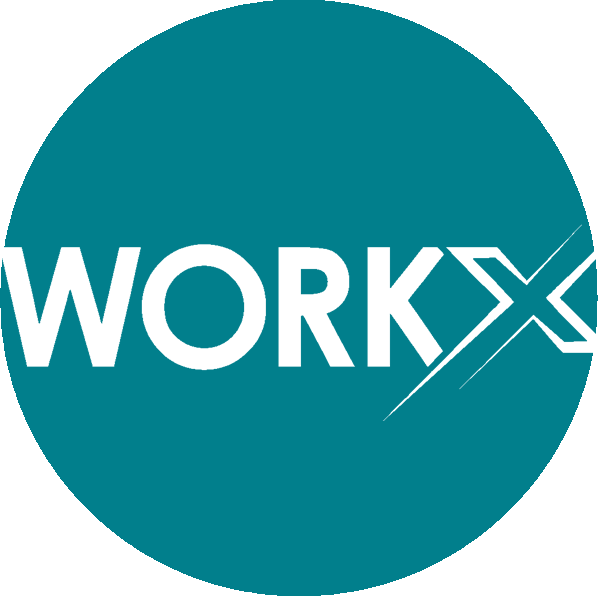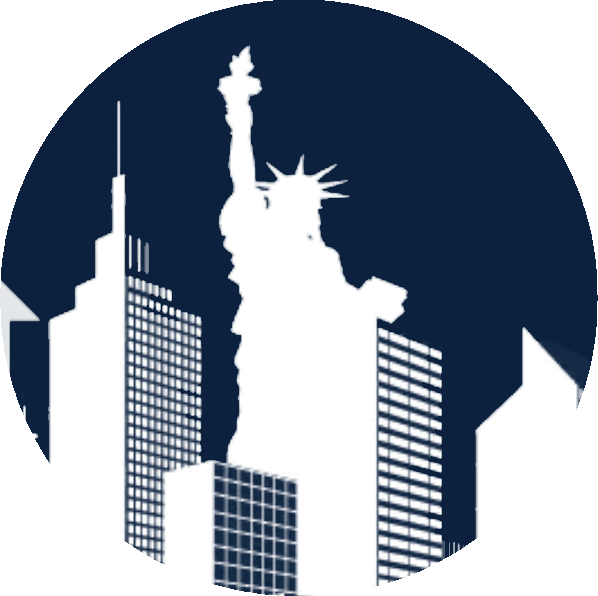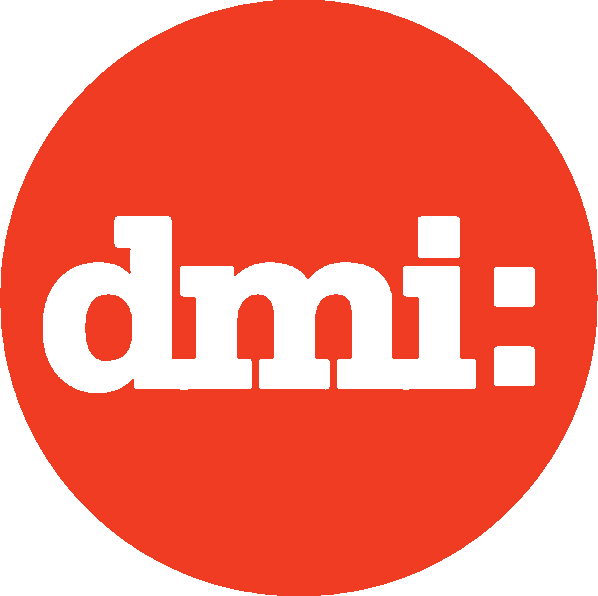Nothing Compares 2 U
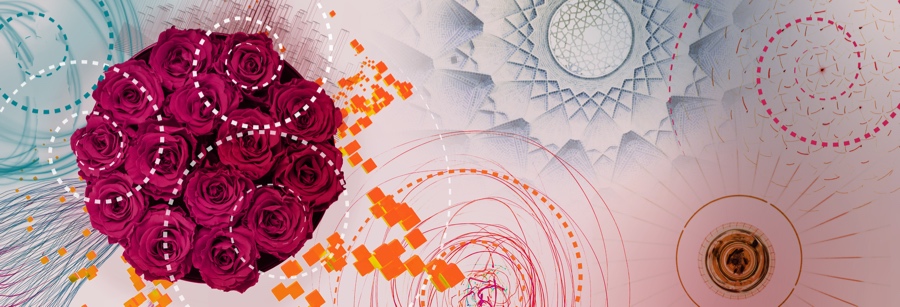
This Valentine's, We’re Celebrating our Clients
As we celebrate 10 years of PLASTARC, we’ve been thinking a lot about the individuals and organizations who have helped us reach this milestone. Our clients deserve a huge shout-out! It’s your inquisitiveness and your challenges that have accelerated our own growth and innovation.
We founded PLASTARC because the building and design industries seemed to lack sources of unbiased research around workplace experience. Available “research” was often funded by groups seeking to sell more of something—more products, space, furniture—rather than by those dedicated to exploring the more efficient use of what we already have. As a consulting firm on a mission to make the world better, one workplace at a time, we encourage data-supported solutions that center on humanity and sustainability. In On Our Minds, we’ll discuss some (but certainly not all!) of these questions, and the collaborative solutions we’ve explored over the years.
On our minds
Our clients come to us seeking both material and procedural solutions to spatial and equity issues, so that they can enhance employee experience and make their workplaces more inclusive, engaging and sustainable. We’ve helped them hypothesize and test, generating data that translates to real-world solutions in everything from space allocation to change management.
Concerned about sustainability? Think outside the box
Adapting to new workplace models isn’t just about the bottom-line; it’s also about reducing energy demands in corporate facilities. Many organizations want more efficient physical workspaces, whether this is achieved through downsizing their footprint, expanding utilization, or both. In one of PLASTARC’s earliest projects, the United Nations sought help configuring their newly-renovated space to accommodate a more distributed and tech-enabled workforce. Around the same time (2014), Educational Testing Service had just built a sustainably-designed building, but was still experiencing unsustainable operating costs. We promoted working from anywhere long before COVID made remote work the default, and this ahead-of-the-curve expertise came in handy while rethinking campuses for maximum flexibility.
To tackle these spatial issues, we collected employee data on activity, needs, and preferences, often testing various configurations in real time. Having accurate utilization data is essential to unlocking the capacity-potential of buildings, especially in the case of campus environments. We were able to generate a case for piloting activity-based-working at the UN. Meanwhile, we found ways for ETS to balance their facilities burden, so that newer buildings were better-utilized, reducing the strain on older buildings. Both ETS and the UN were able to make their workspaces more egalitarian, efficient, and responsive to changing organizational needs. We even won an EDRA Core Award for our work with the UN, which became a blueprint for a larger-agency rethink.
Build from the ground (and brand) up
Years before coworking was a household phrase, WPP (the parent company for some of the world’s biggest advertising agencies) sought to co-locate multiple agencies in a shared location, while maintaining each agency’s brand distinction. Our solution acknowledged that not every employee would or could be on-campus at the same time; it included shared work zones for multiple agencies, as well as distinctively-branded spaces for client-facing situations. More recently, Verizon needed help reducing and repurposing office space. We worked with the telecom company to select and convert multiple locations from traditional use to a blended coworking model. In this unique solution, Verizon literally opened its doors to collaborators and innovation partners, while simultaneously shifting the business model of real estate from a cost-center to a source of revenue. This curated coworking meant that their innovation pipeline (from startups to business partners) rented space that was also accessible to Verizon’s own engineers and innovation teams—like a live-in focus group! Furthermore, it shifted the metrics of space-performance from cost-per-square-foot to interactions and engagement. Overall, it accelerated change-management in two ways: through giving employees access to fresh workplace models and through partnerships between internal facilities groups and the coworking community management teams.
Aligning brand with workplace experience was front and center in our work with the trailblazing tech darling, Mozilla. Back in 2013 they sought to make their offices as “open source” as their internet platform, by having them double as community event spaces. In addition to physical redesigns, we explored automated systems that could track everything from occupancy, energy consumption, and employee satisfaction, so that Mozilla could quickly and fluidly tackle issues as they came. More recently we helped Mozilla move to a remote-first approach, with investment targeted at telecom and distributed collaboration tools. The leaders at Mozilla recognize that not all first solutions are perfect solutions, so they make a practice of setting aside a design and construction budget for post-move-in solutions, often informed by occupants. We appreciate the humility and humanity embedded in this approach.
In another example of raising the bar, lululemon wanted to create “the world’s healthiest building,” with workspaces that place a high premium on movement and delight. This is, of course, in line with the company’s overall mission of making technical gear that empowers people to live longer, healthier, more exciting lives. In 2018, PLASTARC conducted on-site research at lululemon’s Seattle and Vancouver headquarters, which resulted in a strategy for activity-based working, easy-to-reconfigure furniture (to make space for group yoga!), as well as playful signs, more daylight, and spa-like touches in restrooms.
Participatory design drives people-centered workplace
Sometimes an anthropological view of the workplace is necessary to generate innovative answers. (We often say that quantitative data is needed to prove the benefit of change, and qualitative data is necessary to direct that change.) Inspired by a recent fit-out of their own headquarters, west elm sought to create furniture solutions that blend utility with residential comfort. Ultimately, this solution became a new product line. PLASTARC brought a unique perspective to this process, blending analytical and architectural research to identify the biggest gaps in workplace experience. These “missing pieces” could then be addressed through supportive furniture—and several pieces received innovation awards.
In the past decade, we have often been engaged to evaluate multiple spaces and locations simultaneously, but COVID has inspired even more organizations to pursue a multi-building, multi-location rethink. Our early work with software company and AI forerunner Informatica established approaches for research methods that enable the greatest learning with the least amount of effort. We found that targeting specific workplace questions through pilot environments and developing clear hypotheses is essential to meaningful change. We’ve since applied these approaches, while leveraging an ever-expanding volume of data, to our work with Unity, DocuSign, Parkhill and Intercom. Portfolio projects often focus on balancing the benefits of consistency and standardization with the desire for unique local experiences and community engagement. Intercom’s Dublin headquarters accomplishes this through a sophisticated smart-building strategy that personalizes the office for visitors and employees alike, while design firm Parkhill focuses on enabling local teams to adjust their environments.
Employee feedback also played a critical role in a big decision that Artsy, the digital art dealer, needed to make. Leaders were considering moving the company’s headquarters from Manhattan to Brooklyn, but wanted to make sure this move would actually serve their staff. Would more space and amenities make up for less robust public transportation and other potential sacrifices? PLASTARC guided the company in a participatory-design process, which examined whether a move would make sense.
On to the future of work!
Over the past decade, PLASTARC has helped companies shrink their brick-and-mortar locations and bolster their technological capacity, adjust to remote and hybrid work-strategies (which we were exploring and promoting long before they were the hottest trend), and use data to design better work experiences. Our public sector work has ranged from government coworking at the center of Manhattan, to customer and field services for National Parks. But what will the workplace look like in 2030?
Currently, this is the question we’re tackling with the General Services Administration (GSA), through their Workplace 2030 program. In navigating the future of federal work, we’re addressing changing real estate needs and new tech, sharing resources between agencies, creating flexible offices, and exploring best practices for all—whether they work from home, the office, or somewhere in between. As many of you know, at PLASTARC, our love languages include constructive criticism and aggressively generous knowledge sharing. So, as we work towards a 2030 that is brighter and easier, we're also eagerly sharing our discoveries and approaches, in order to advance the workplace experience for all.
Prince (via Sinéad) said it better than we ever could – “Nothing Compares 2 U.” We are who we are because fantastic clients come to us with hard questions. Thank you for being our collaborators, and thank you for pushing us to dream bigger (with a smaller carbon-footprint).
Cheers to another decade of curiously seeking sustainable solutions, and to all the workplaces that we'll transform together.
From the archives
Last year we shared thoughts on the impact company culture has on workers’ mental health. Back in the fall of 2021, we helped our friends in the innovation and event team of Worktech celebrate their own anniversary (10 years of events in NYC) with a panel about how much our fair city has changed between 2011 and 2021. In February 2018, we were seeking a sweeter workplace through the trending design aesthetic resimercial, which promotes psychological and physical well-being by bringing the comfort of home into commercial settings.
In the spirit of Valentine's Day, we leave you with this instant classic.
In Case You Missed It
If you were too busy working last month (because you have to work, whether you want to or not!), nourish yourself with this food for thought.

Are Government Offices Working for the People?
Candid portraits of municipal offices demonstrate the ways in which poorly planned workplaces can undermine the most essential principles of any democracy.
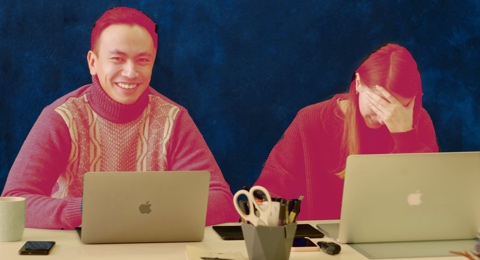
How Important is Friendship in the Workplace?
Connection in the workplace is vital to supporting workers’ mental health, but remote work may factor into a recent decline in the presence of work besties.

Is Jurassic Park Still in the Realm of Fiction?
A Dallas-based startup, Colossal Biosciences, is opening a round of investment, as it touts its efforts to bring back extinct species like the dodo and woolly mammoth.

Reflecting on the Future Through Art
Staff at the Museum of Modern Art profile some of their favorite artworks and discuss how they relate to the year ahead.
Looking Ahead
Exciting things are happening in our neighborhood and beyond. Here are a few you might explore!


